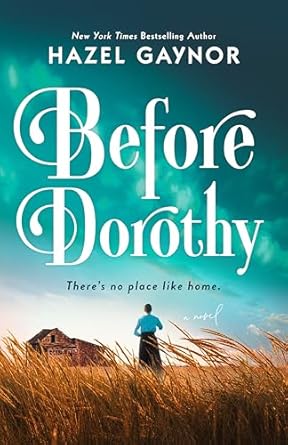Walter Kingsley Taylor’s Florida Wildflowers in their Natural Communities was wildly praised for its beauty, ease of use, and unique organizational structure: plants were described in the context of where they grow, making identification much simpler—and more rewarding—for the casual hiker or wildflower enthusiast. Vastly expanded and updated with new taxonomy, this volume provides detailed information on more than 450 species included in the earlier edition and nearly doubles the number of species included by expanding coverage into wetlands.
Paperback, 576 pages
Published April 16th 2013 by University Press of Florida
ISBN 0813044251 (ISBN13: 9780813044255)
About the Author
Walter Kingsley Taylor, professor emeritus of biology at the University of Central Florida, is the author of A Guide to Florida Grasses.
My Thoughts
As any traveler touring Florida knows, the "Sunshine State," lying in the latitudes where major deserts of the Earth occur and near the edge of the tropics, is neither desert nor tropics. It is true, however, that some similarities exist between the Florida Scrub and certain scrubby areas found in the desert region of the U.S. Southwest and that the stately palms waving in the ocean breezes of southernmost Florida create an image of the tropics. Though certainly more temperate than tropical, Florida serves as a bridge that connects the two climatic regions. No point is more than 100 miles from warm, marine waters. Waters from the Gulf of Mexico and waters from the warm, north-flowing Gulf Stream moderate extreme temperatures and prevent Florida from being desert. Furthermore, the sand-based soils are well watered. All of these factors allow for a luxuriant, much varied, and year-round growth of vegetation.
Since moving back to Florida a dozen-plus years ago, I've been on the lookout for a great wildflower guide. I spent years in Washington State studying the local flora and fauna there, and ethnobotany and herbology and aromatherapy, and I was interested in expanding my knowledge to the native flora of South Florida. I found a couple of books of interest, but nothing that quite fit the bill.
Then I came across this beauty. This book was offered as a sample e-book on Netgalley, and I was excited at the opportunity to take a gander at the book. Then I was even more excited to learn that, upon my review of the sample, I could request a print copy. I browsed the sample and decided this book was for me, and quickly requested a print copy to review. What a great choice I made!
This book is a beauty! First there is the cover and binding. Thick, glossy, high-quality. Very impressive. The inside book cover has those handy flaps that are great for helping you save your place in the book. The book is paperback, but the cover is made from high-quality stiff paper that is going to hold up to field work and minor moisture contact.
The book is chock full of information, maps and diagrams. The state of Florida is divided up into four areas: Panhandle, North Florida, Central Florida and South Florida. It breaks down how to identify flowers by flower structure, flowering times, and distribution.
And although this is a wildflower book, it also describes Florida forests: Slope Forest, Upland Hardwood Forests, Mesic Hammocks, Uploand Mixed Woodlands, Sandhills and Upland Pines, Scrubs, Pine Flatwoods, Dry Prairies, Coastal Uplands, Shell Mounds, Pine Rocklands (Subtropical Pine Forests), Rockland Hammocks (Tropical Hardwood Hammocks), and Ruderal Areas (Disturbed Areas). And it describes Florida Wetlands in detail.
That's the first 78 pages. Then there are 400 pages of colorful wildflowers, along with trees, shrubs, and palmettos, all organized by forest or wetland area in which it may be found. Each entry includes a full color photo, scientific name, whether or not the plant is native, a description, flowering time, habitat, range, synonym, and any other comments. 752 plants are listed in this book, each one with a beautiful photo and description.
At the end of the book is a list of Places to Visit. This is divided up by habitat per county, and lists lots of national parks, state parks and wildlife refuges where you can go seek out wildflowers yourself.
My final word: Fabulous, fabulous, fabulous!
Buy Now:
Barnes and Noble
Amazon
My Rating:
Disclosure:
I received a free copy of this book from the publisher in exchange for my honest opinion. I was not financially compensated in any way, and the opinions expressed are my own and based on my observations while reviewing this book.





















No comments:
Post a Comment